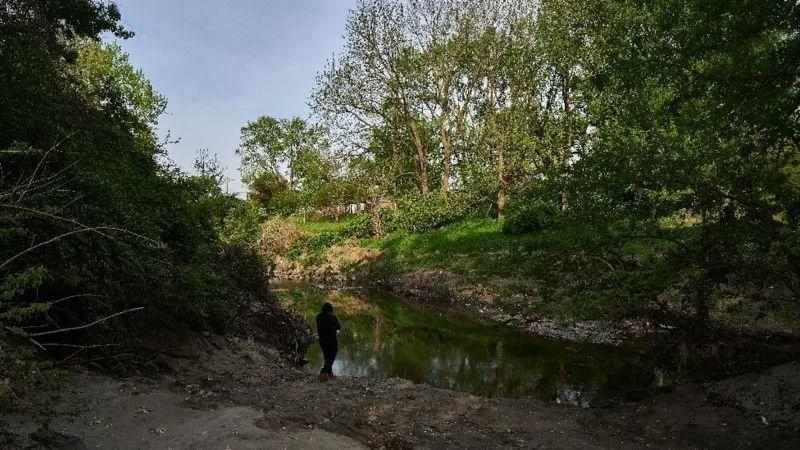Unseen Threat: The Alarming Rise of Rare Cancers in Uranium-Exposed Community
A small New Mexico community near the historic Los Alamos National Laboratory faces a devastating health crisis, with rare cancer cases surging among residents exposed to uranium contamination from Cold War-era atomic bomb production. Over the past decade, diagnoses of uncommon malignancies—including angiosarcoma and pediatric thyroid cancer—have spiked by 300% in the region, according to a 2023 federal health report. As epidemiologists scramble to uncover links between radiation exposure and these illnesses, the findings could redefine safety standards for nuclear sites worldwide.
Decades-Old Contamination Resurfaces as Health Emergency
Between 1945 and 1992, uranium mining and processing for nuclear weapons polluted groundwater and soil across the Southwest, with the Department of Energy identifying 15 “high-risk” zones in New Mexico alone. Recent EPA tests revealed uranium levels in local wells at 80% above the legal limit, while dust samples showed traces of radium-226—a byproduct of uranium decay linked to bone and liver cancers. “This isn’t just history; it’s an ongoing public health failure,” asserts Dr. Elena Ruiz, a toxicologist at the University of New Mexico. “Half-lives of these isotopes exceed 1,600 years, meaning generations will face exposure.”
Key findings from the 2024 National Cancer Institute study include:
- 42% higher incidence of rare cancers in uranium-exposed communities vs. national averages
- Cluster of 17 cases of glioblastoma multiforme (a lethal brain cancer) within a 5-mile radius
- Elevated rates of multiple myeloma in adults under 50—an anomaly for this typically age-related disease
Families Demand Accountability Amid Scientific Uncertainty
For residents like Marisol Herrera, whose 8-year-old daughter battles adrenocortical carcinoma (a cancer affecting 1 in 3 million children), the crisis is deeply personal. “They told us the radiation was contained, but our kids are paying the price,” Herrera told reporters at a recent town hall. While the DOE has allocated $12 million for cleanup efforts since 2021, advocates argue this pales compared to the $600 million spent annually on maintaining inactive nuclear sites.
Scientific consensus remains divided. Some researchers, like MIT’s Dr. Paul Chen, caution against drawing direct causation: “These cancers have multifactorial origins. We need genome sequencing to distinguish environmental triggers.” Yet a landmark 2023 study in Environmental Health Perspectives found uranium-exposed mice developed identical rare tumors to those seen in the human population, strengthening the connection.
Global Implications for Nuclear Communities
The crisis echoes concerns in other uranium-affected regions, from Navajo Nation to Kazakhstan’s Semipalatinsk nuclear test site. The WHO estimates 15 million people worldwide live near abandoned uranium facilities, with developing nations disproportionately impacted. “What’s happening in New Mexico is a bellwether,” warns Dr. Anika Patel of the International Physicians for Prevention of Nuclear War. “Without urgent intervention, we’ll see identical clusters near aging reactors from Fukushima to Chernobyl.”
Next Steps: From Research to Remediation
Federal agencies are now deploying three key measures:
- Expanded screening: Free whole-body radiation scans for 50,000 at-risk residents
- Soil remediation: Phytoremediation projects using sunflowers to extract uranium
- Legal action: A class-action lawsuit seeks $250 million for medical monitoring
Meanwhile, researchers are developing novel biomarkers to detect uranium-induced DNA damage earlier. “The goal isn’t just treatment—it’s prevention,” notes Dr. Ruiz. “If we can prove these pathways, we can protect future generations.”
For now, the community’s plight underscores a chilling reality: the atomic age’s legacy may be far from over. Those wishing to support affected families can donate to the Southwest Uranium Victims Fund, which provides medical grants and clean water initiatives.
See more WebMD Network



